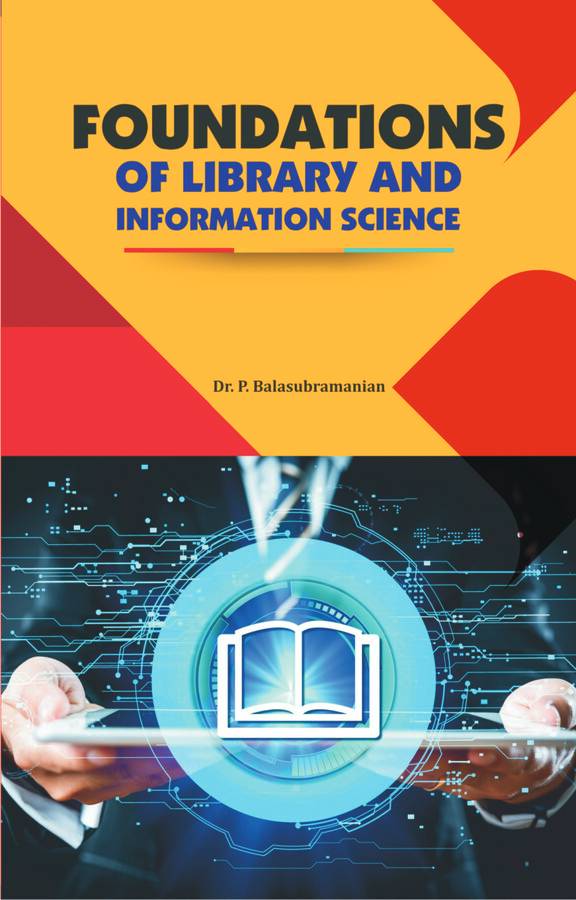This book believes the library and information science (LIS) to be a field of research. It is written from the point of view that focuses not only on a domain’s particular issue, but also on its identity. Researchers in areas such as LIS and information organization must think whether they fall under the shadow of software science or sociology and social sciences; neglect of this problem may lead to a separate sector that does not add to either dimension. A discipline (or interdisciplinary) is an organization that promotes collaboration in attaining common objectives and exchanging, among other things, journals, organizations and conferences. This book attempts to answer “What is LIS?”.
Library
and Information Science Foundations will enable LIS learners and practitioners
to address and efficiently handle their many complicated responsibilities by
offering an introduction to the LIS sector; defining and debating present
significant subjects and problems in the LIS that will continue to impact their
careers for years to come; supplying librarians and data specialists with data
services; in response to many modifications
taking place both in the sector and in community as a whole, this book gives
extensive coverage to the effect of digital
technology and social networking; the effect of digital publishing and e-books;
the development of library facilities including virtual reference, integrated
libraries, digital access and repositories, digital preservation and civic
engagement.
New attempts to collect knowledge including FRBR, RDF, BIBFRAME, the Semantic
Web and the next generation collection; the importance of the digital divide
and policy issues linked to broadband access and network neutrality; legal
advances including current definitions of copyright associated to the mass
digitization of books and academic papers; The ongoing conflicts between data
science and library science in LIS; and fresh projects to incorporate museums,
libraries and archives have been discussed
in detail.
This book focuses on all kinds of libraries, from public to academic, college,
and private, and illuminates the significant surfaces of library and
information science for aspiring experts as well as those who are already in the field. For information science,
data and knowledge management, librarianship, archives and documents governance
learners globally, the book will be vital reading. Students from other fields
related to data, such as museum studies, publication and information systems,
and professionals in all of these fields will also be interested.



